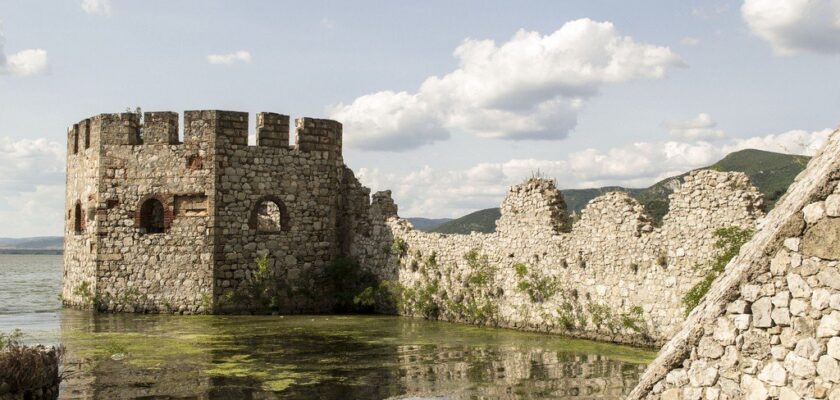Đerdap National Park
Đerdap National Park is a picturesque nature reserve located in eastern Serbia, near the border with Romania. The park was established in 1974 to preserve the unique Djerdap Gorge, the biodiversity of mountainous landscapes on the banks of the Danube and unique monuments – the Mesolithic hunters’ camp, the ruins of the ancient Trajan’s Bridge and the medieval Golubac Fortress.
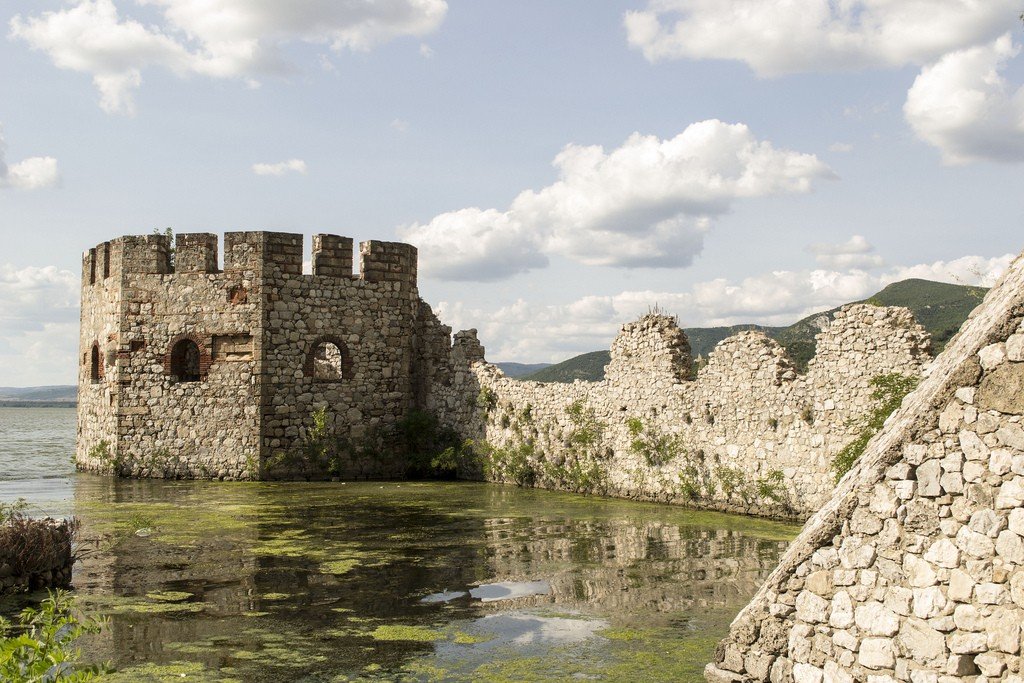
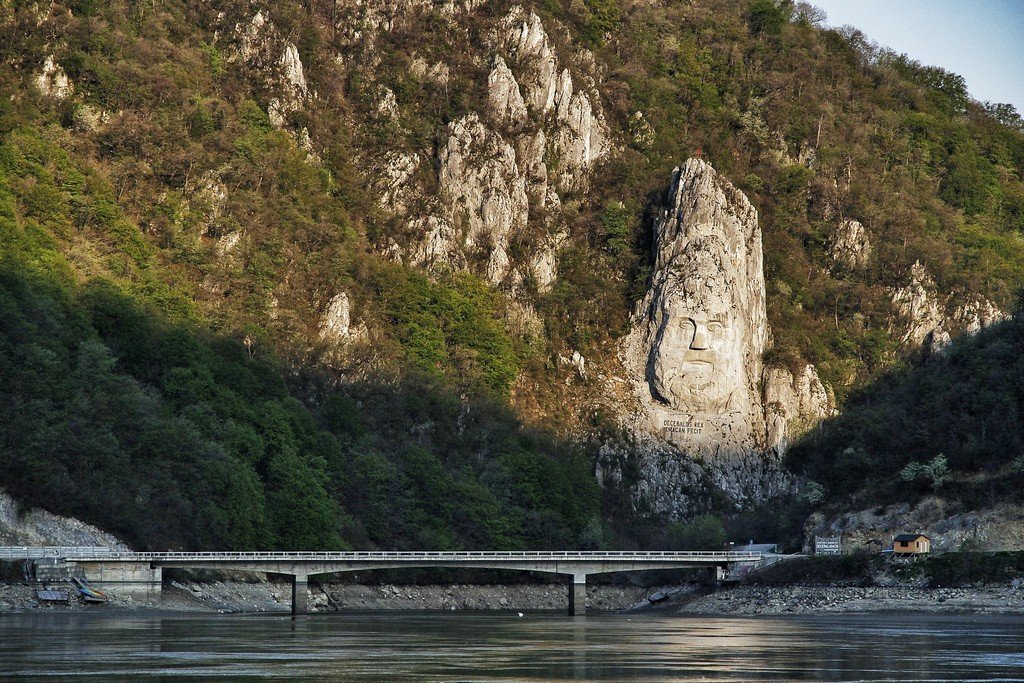
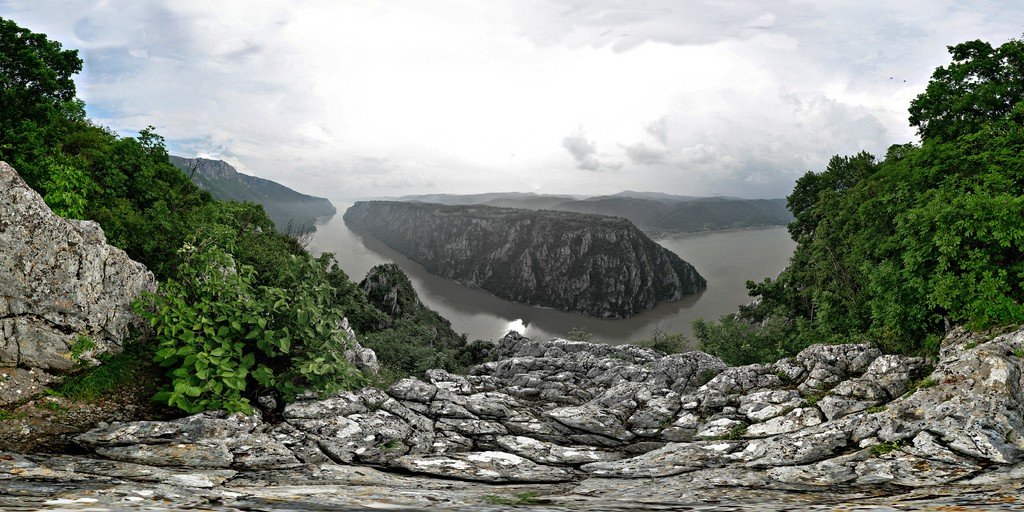
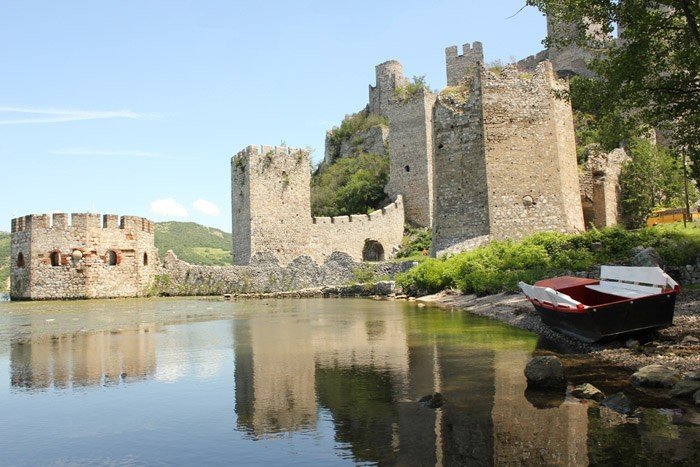
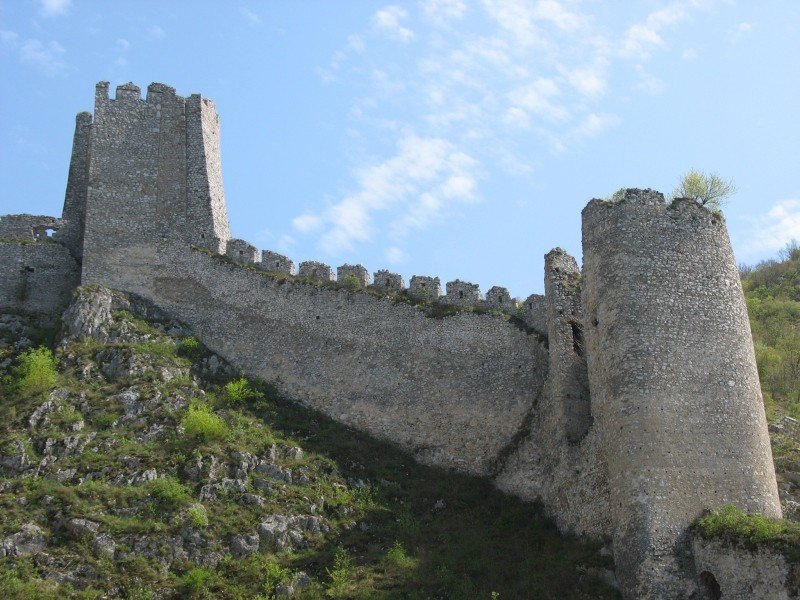
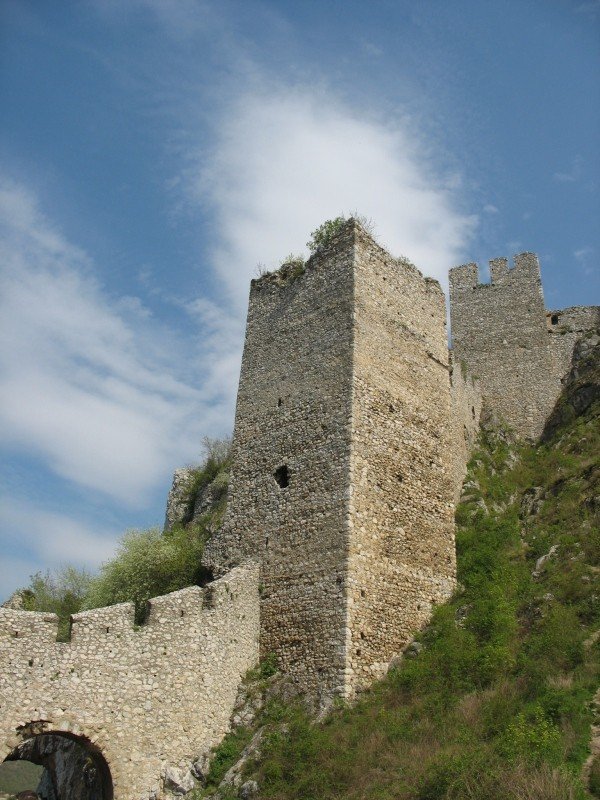
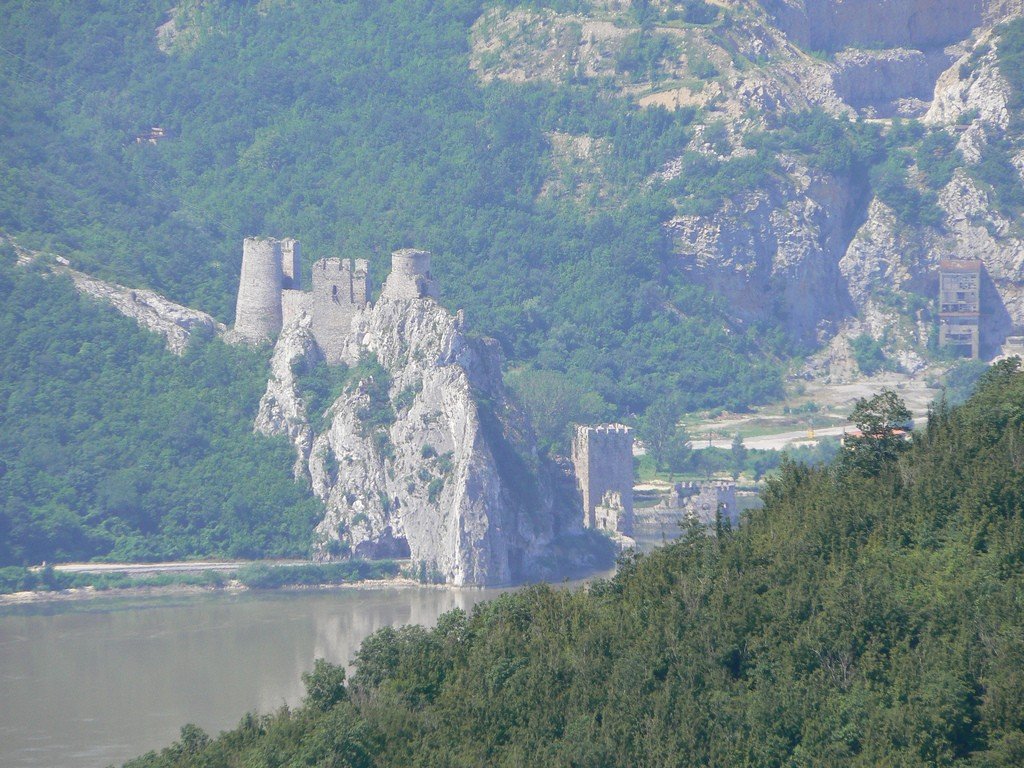
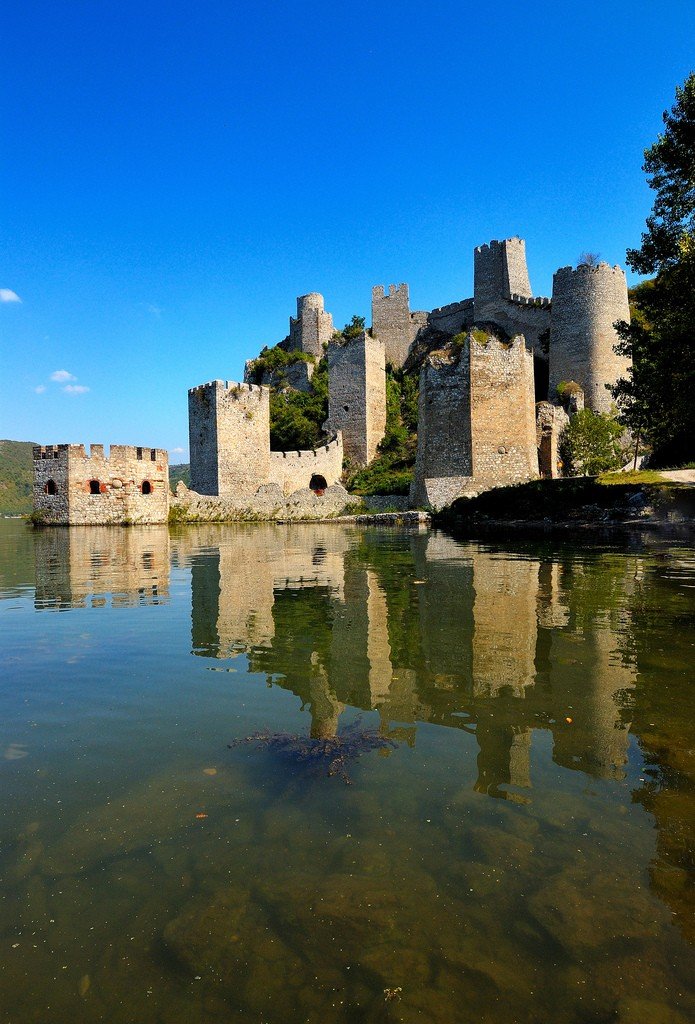
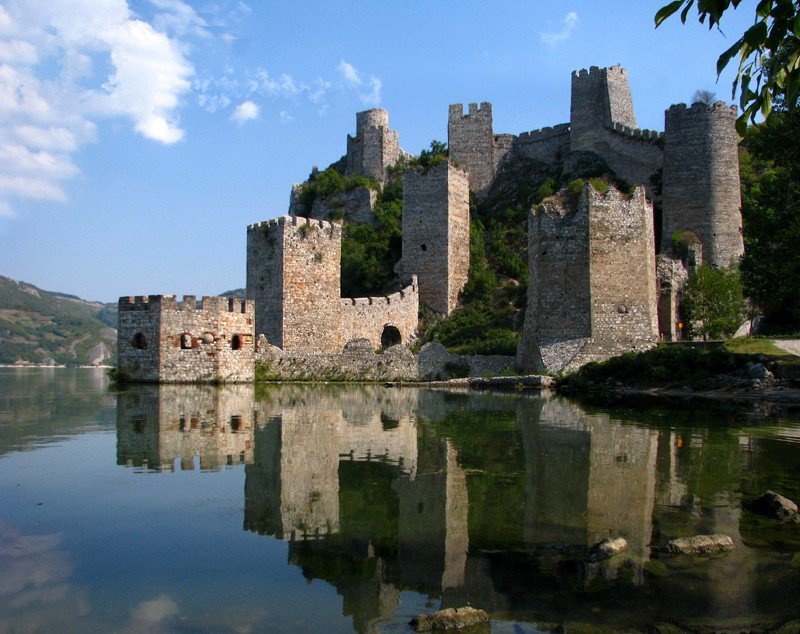
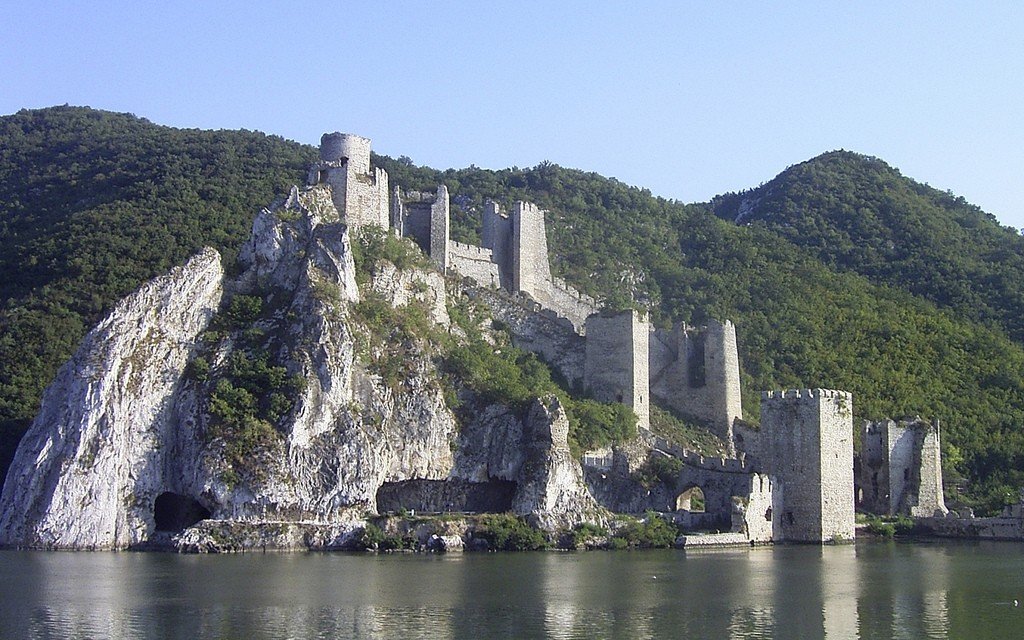
Video: Jerdap National Park
General Information
Jerdap National Park covers an area of 63,608 hectares. Its territory stretches for 100 km along the right bank of the Danube and covers mountainous terrain with altitude differences from 50 to 800 meters. Djerdap has a rich flora. There are 1,100 plant species found in the national park, many of which are relict species.
The protected area is home to bears, wolves, lynxes, jackals, foxes, hares, chamois and martens. There are 150 species of birds nesting here, including rarely seen black storks, owls, golden eagles, gray eagles, snake eagles and white-tailed eagles.
Jerdap Park is very popular with travelers. Fans of hiking and water tourism come here. Picturesque landscapes are liked by fans of cycling. Hunting and fishing are allowed in the national park, and there are more than 10 trails ranging from 2 to 20 kilometers in length.
.Jerdap Gorge
The most significant natural attraction of the Jerdap National Park is the Jerdap Gorge, also called the Iron Gate. In the section from Golubac Fortress to Kladovo, the Danube turns from a calm river into a mountain river, the riverbed narrows to 150-160 meters, and the river flows between steep picturesque cliffs.
.
In terms of size, the Iron Gate is the largest gorge in Europe. The most beautiful part of the gorge is considered to be the Bolshoi Kazan Canyon, where the cliffs above the river rise to 300 meters. Interestingly, the depth of the Danube in this place reaches 90 meters, and its current is very strong.
.The site of ancient hunters and fishermen
A group of archaeological sites on the coastal terrace of the Danube was discovered in 1965, when builders were preparing to erect the Djerdap hydroelectric power plant. Today, the Lepenski Vir archaeological find in the Jerdap National Park remains the oldest settlement of Stone Age people ever found in Europe. Some scientists speak of it as the place from which European civilization began to settle.
.
In Lepenski Vir, 136 ancient dwellings, burials, cult objects and tools used by primitive people have been found. The favorable conditions in the Danube valley contributed to the fact that the settlement existed for a long time, so archaeologists were able to excavate seven cultural layers here.
.
Trajan’s Bridge
At 965 km of the Danube, in the territory of the Jerdap National Park, the ruins of an ancient stone bridge have been preserved. It was built in 105 by order of the Roman Emperor Trajan. The bridge was more than a kilometer long and connected the two banks of the river.
.Such a large-scale construction project was realized for two years, and thanks to the bridge, the Roman troops were able to go to new conquests – in Dacia. However, Trajan’s Bridge did not last even 50 years. Emperor Hadrian, fearing the invasion of barbarian tribes, ordered its destruction. Near the ruins, an inscription in Latin, telling about the construction of the Roman bridge, is preserved on a rock.
.Medieval fortress
In the Middle Ages, access to the Iron Gate was guarded by the Golubacka Fortress. It was built in the early 14th century by Serbs or Hungarians. Since an ancient Orthodox chapel was preserved on one of the towers, historians assume that the builders practiced the Orthodox faith.
.
Over its long history, the fortification on the banks of the Danube was subjected to sieges and rebuilt. Today, travelers to the Djerdap National Park can see nine powerful towers and fortress walls up to 2.8 m wide.
.
How to get there
The Djerdap National Park is located in the Bor and Braničevo districts of Serbia, and its administration is located in the town of Donji Milanovac, on Kralj Petra Street. It takes 2 hours and 40 minutes (182 km) to get here by car from Belgrade. In addition, from the Serbian capital, the national park can be reached by buses.
.